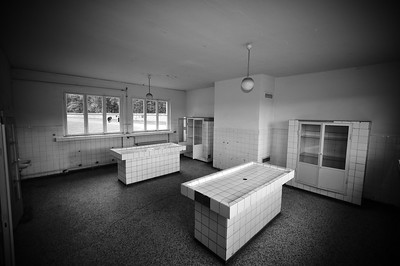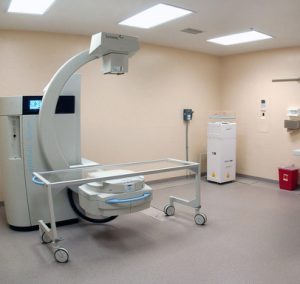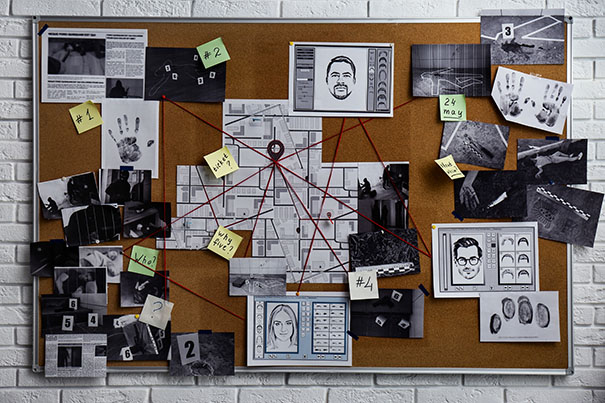What is an Autopsy?

We often hear about autopsies following a crime scene or investigation, however, few of us know how an autopsy helps beyond giving a formal manner of death. In formal medical terms, an autopsy refers to the examination of a dead body.
A board-certified pathologist, medical examiner, or coroner executes an autopsy to determine the cause and manner of death when it cannot be determined through other means (e.g. medical records or medical history).
Beyond determining the cause of death, an autopsy is important to help to identify underlying causes of death and help lawyers determine the liability in cases of wrongful death. It is not just a medical procedure, however, it has legal and other implications as well.
What is done during an autopsy?
There are several components and inspections conducted during an autopsy. The process begins with an external inspection of the body. The coroner will look for visible injuries and signs of disease. Further examination can progress to include an inspection of the internal organs, a microscopic examination of tissue samples, or a substance abuse evaluation.

Autopsies may involve examinations using an x-ray machine, as pictured above.
A substance abuse evaluation typically involves a full toxicology report for toxins or drugs, as well as a post-mortem computed tomography (CT) scan or X-ray when necessary. Afterward, the report is written up and filed.
To summarize, an autopsy typically includes:
- An external inspection for visible injuries and signs of disease.
- An internal inspection of the body’s organs.
- A microscopic examination of the body’s tissues.
- A substance abuse examination (typically through a toxicology report, however a CT scan or x-ray may also be conducted).
What happens after the report is finalized?
A pathologist reviews the report and sends the body to the appropriate authorities. The authorities then review the information determined by the coroner to help explain the cause and manner of death, clarify if any prior medical issues were involved, and provide a detailed pathological analysis. Finally, the trace or evidence of any illegal drugs can be further investigated or acted upon if suspected. Autopsies help understand a person’s death and help promote the true nature of the American justice system.
This is why the process is so important and oftentimes required in many situations.
Are autopsies always required?
Autopsies are required in most situations, including when an unexpected or unanticipated death occurs, when death is caused by a criminal act, or when medical negligence is suspected. They are extremely useful in helping determine the cause of death when it cannot be determined through other means, such as medical records or witnesses.
Autopsies can also help resolve doubts about the medical condition of the body and shed light on whether or not others need to be aware of potentially communicable diseases. Generally, you can expect an autopsy following these types of situations:
- Unattended death
- Crime Scene
- Fatal workplace accident
- Suicide
- An unexplained or sudden death
Famous Autopsies
Crime scenes have always intrigued or provoked the curiosity of the masses. Modern journalism, social media, and pop culture have helped many crime scenes majorly influence America. As a result, some crime scene investigations, and their resulting autopsies, have left their mark on the American consciousness as too memorable to forget. Some of the famous cases include:
Are autopsies free?
Most local jurisdictions complete autopsies free of charge to the family. This is usually paid through government funding and/or as a part of federal taxes. Some jurisdictions may require a fee, while others may charge outright for the services.
In jurisdictions that charge for autopsies, the costs can range from anywhere between a few hundred dollars to well over a thousand. Some of the costs involved include pathologist fees, tissue and toxicology testing, and administrative or medical coding fees.
Where do autopsies take place?
Autopsies are frequently performed in a medical examiner’s office or hospital setting. The facility is decontaminated and must pass certain tests to be considered completely sterile before performing the procedure. In addition, certain safety regulations must be followed. It is important that proper procedures are followed when carrying out an autopsy and that all necessary steps and precautions are taken to ensure that the process is conducted in accordance with the law.
Following safety procedures for an autopsy involve working with bloodborne pathogens, all of which require special training and certification by OSHA to limit exposure. This is very similar to the certifications required to clean up BBP (bloodborne pathogens) from a residential or commercial property. In the event of a crime scene, unattended death, workplace accident, or another biohazard incident, the presence of bloodborne pathogens require special crews.
Just as you wouldn’t attempt to do an autopsy yourself, you should never attempt to clean up after biohazards yourself, either. If you have a building affected by biohazards, consider calling the 24/7 emergency NCSC hotline right away.



